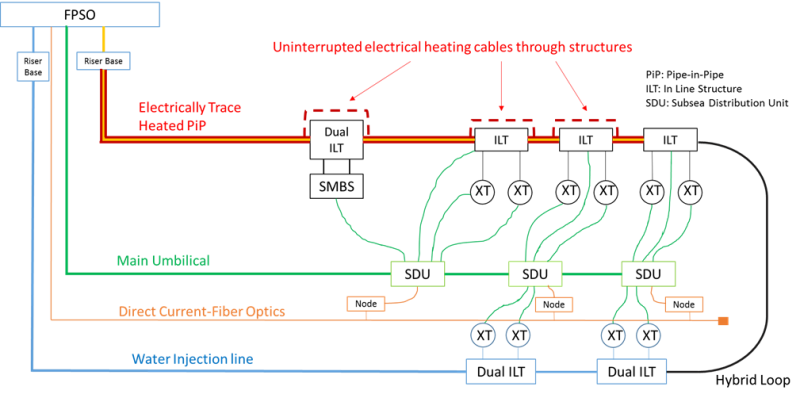It is possible to reduce deepwater development costs by increasing the distance between new assets and existing production hubs or shallow-water areas, or even connecting these assets to shore. However, distances for subsea tiebacks have been limited by conventional development concepts based on chemical injection and double-header manifold structures to loop the subsea architecture with the topside facilities. This paper discusses a research project conducted by Eni to explore the maturity status of new technologies to enable economical development of deepwater prospects with tieback distances longer than 50 km and 150 km, respectively, for oil and gas fields. The paper, a continuation of paper OTC 28839, describes how these new technologies compare to more conventional development schemes and how the company is preparing for potential implementation.

Introduction and Background
Conventional subsea oilfield project development has used dual production flowlines and injection of various chemicals to produce wells and guarantee the management of critical operations such as shutdowns and subsequent restarts.


